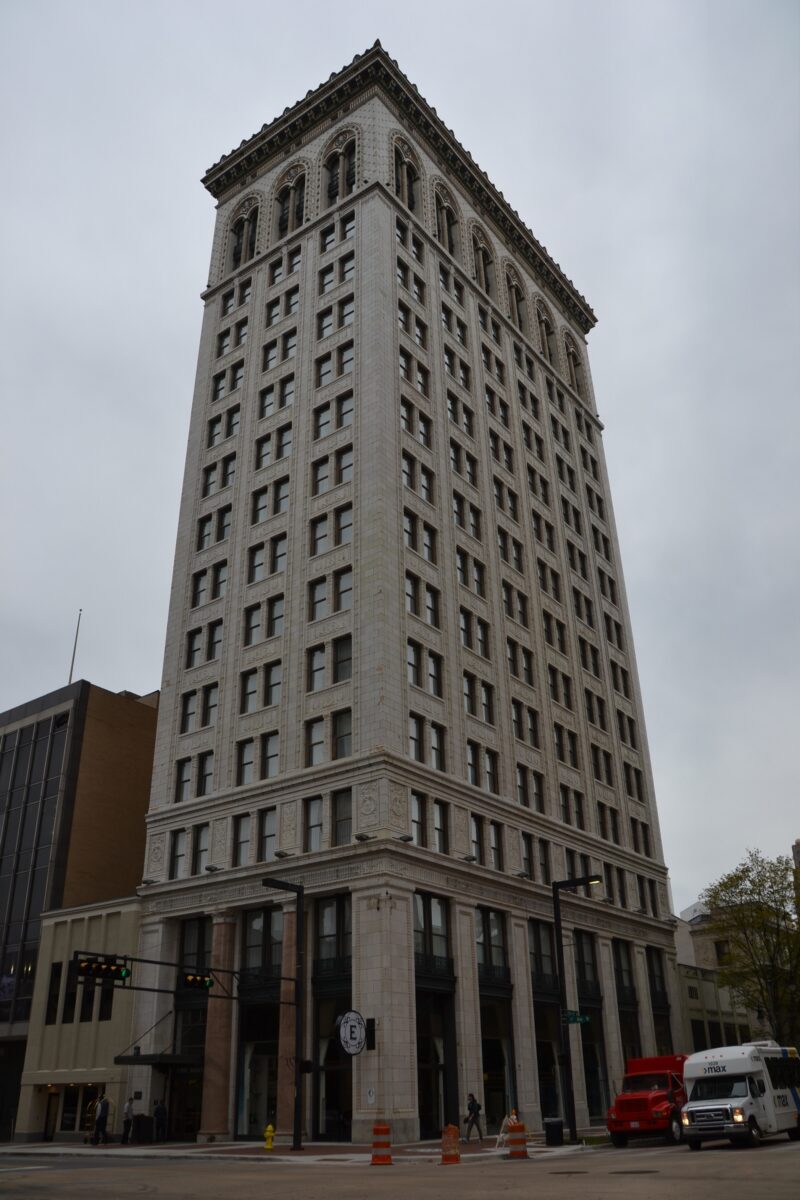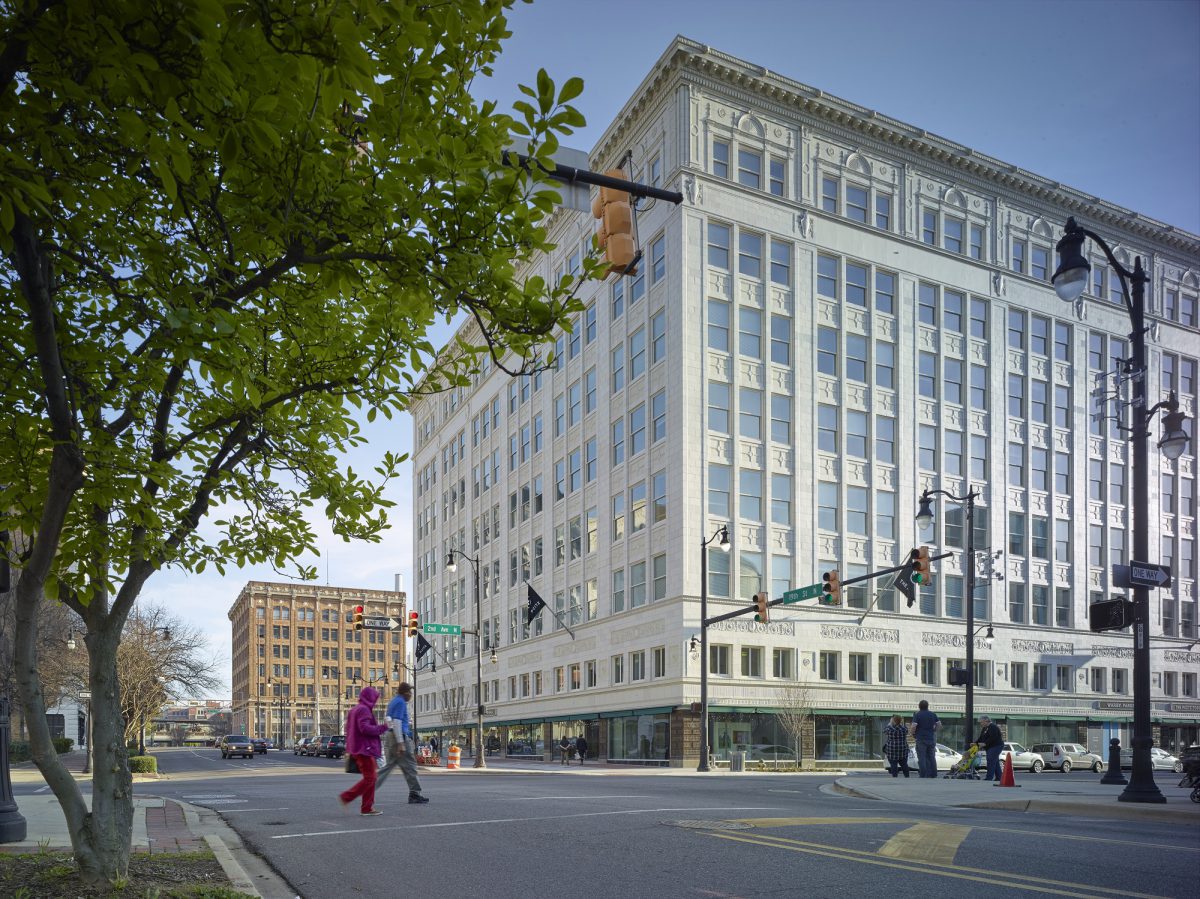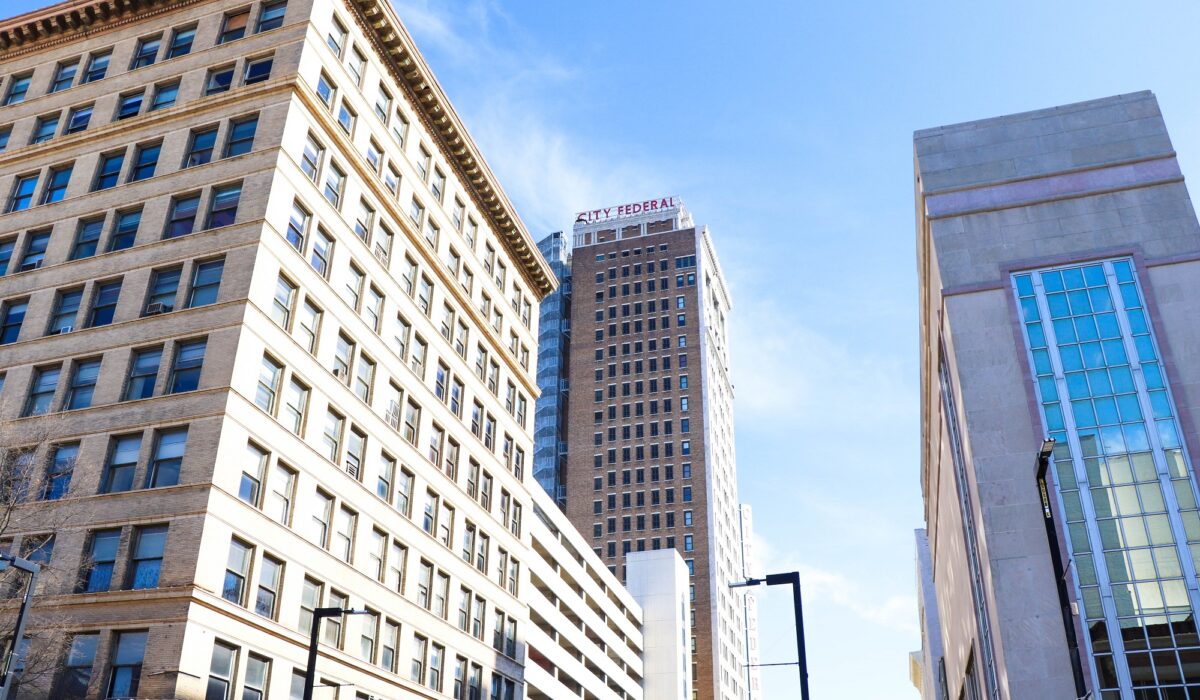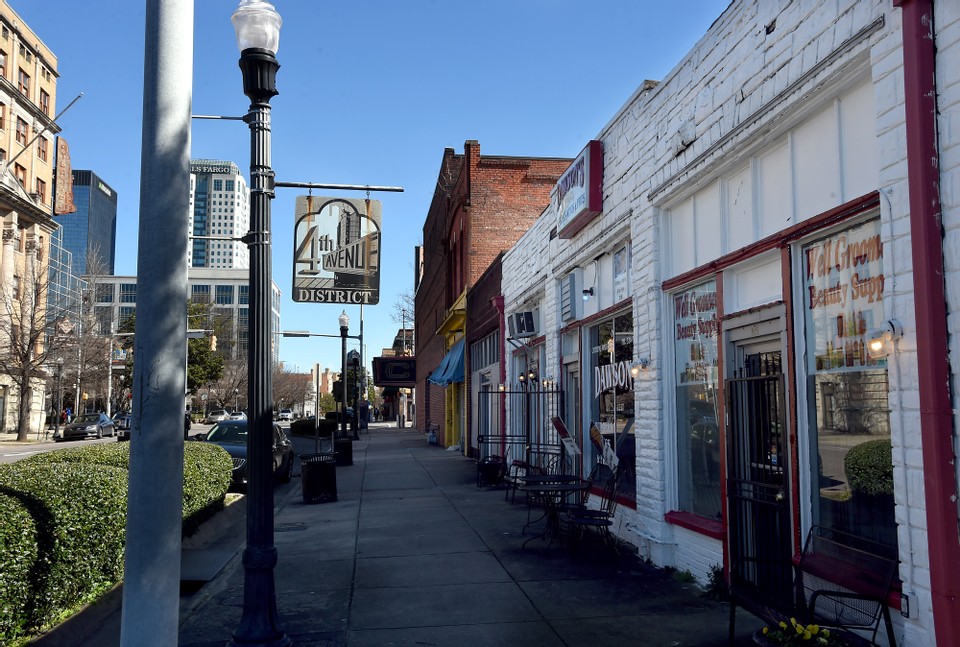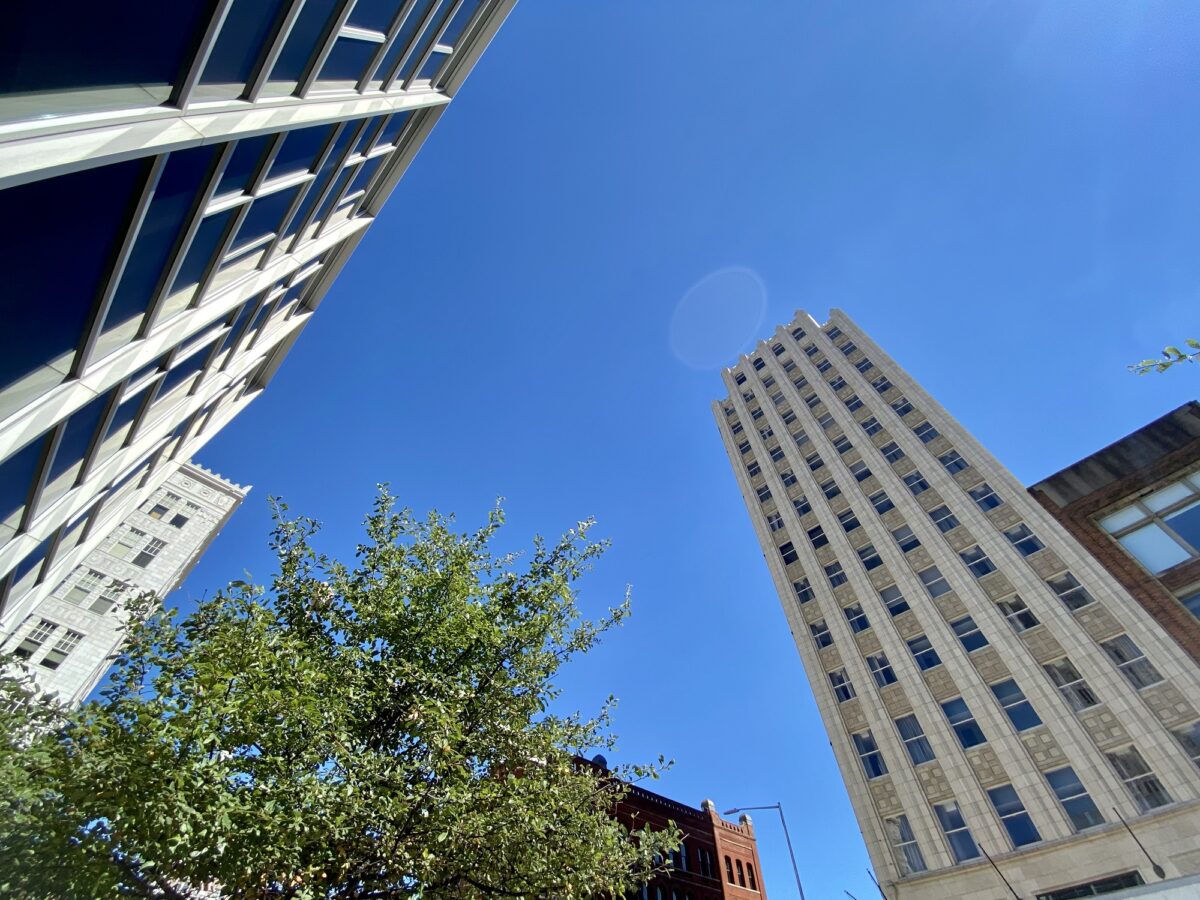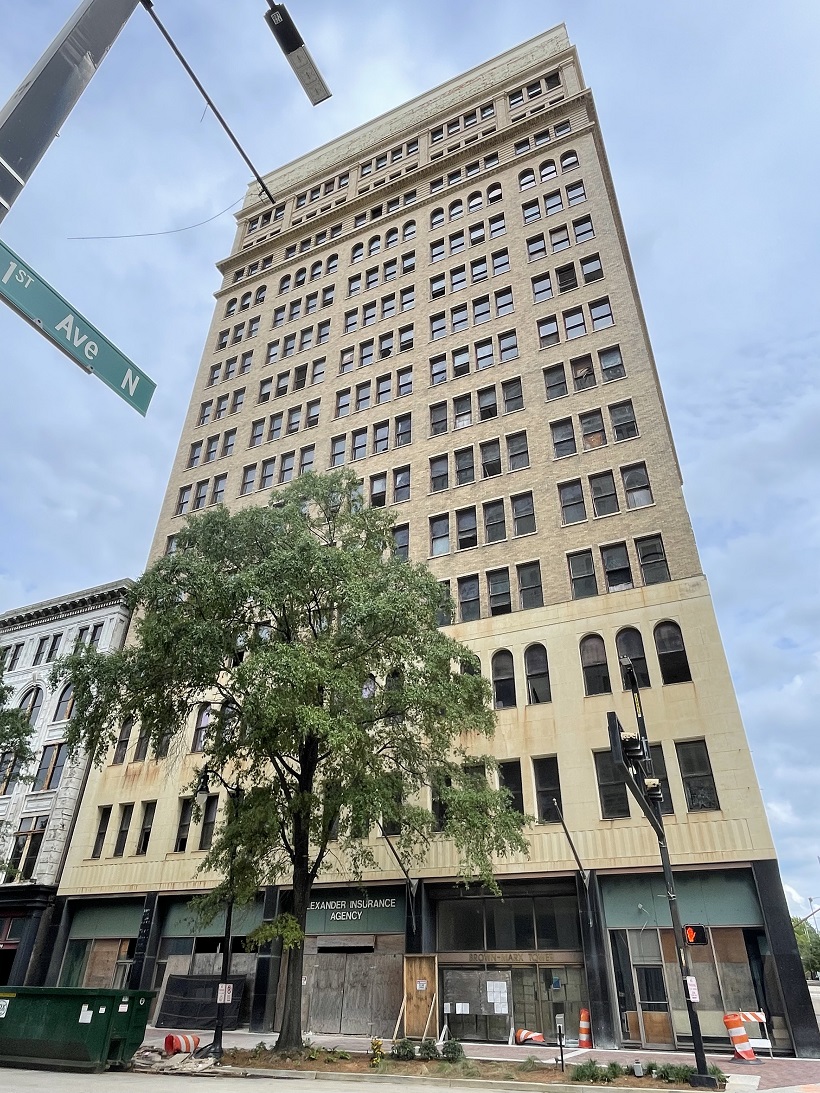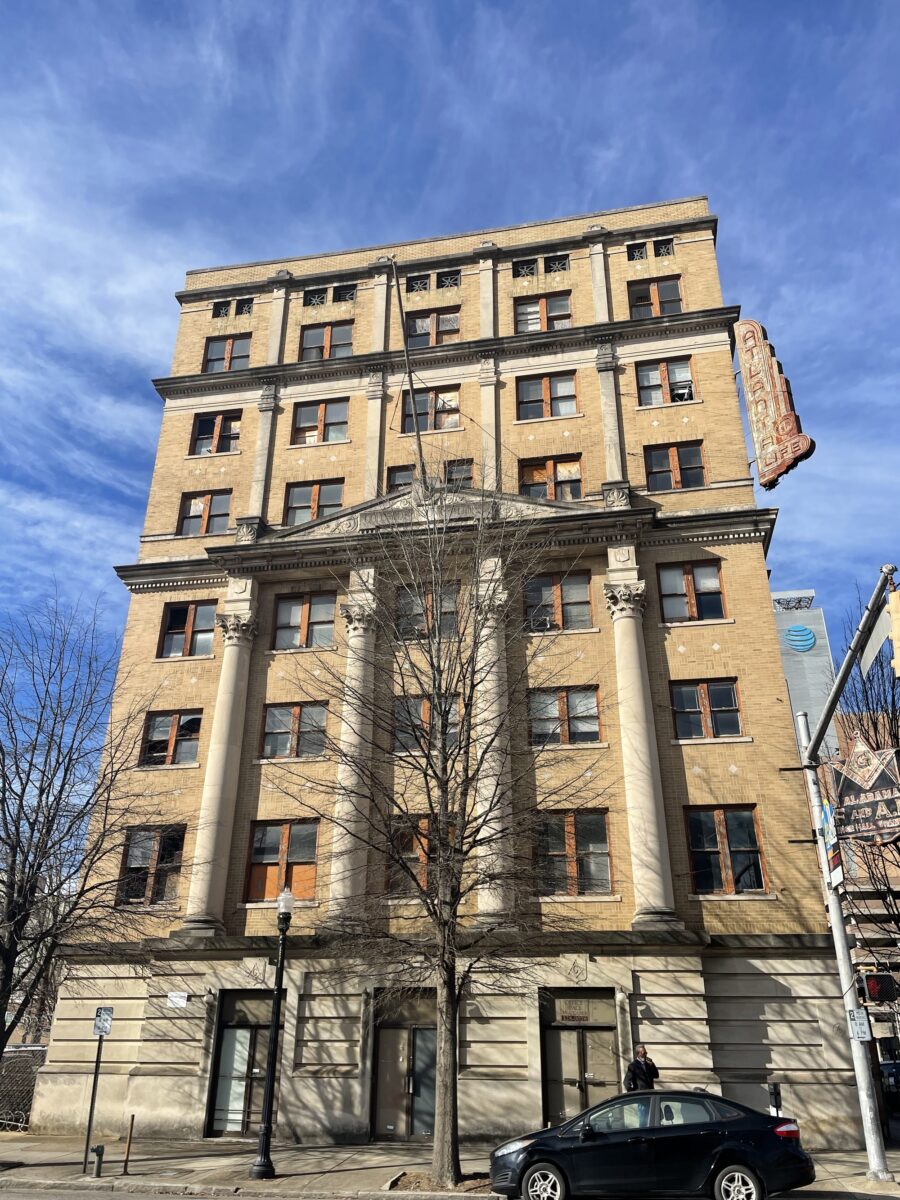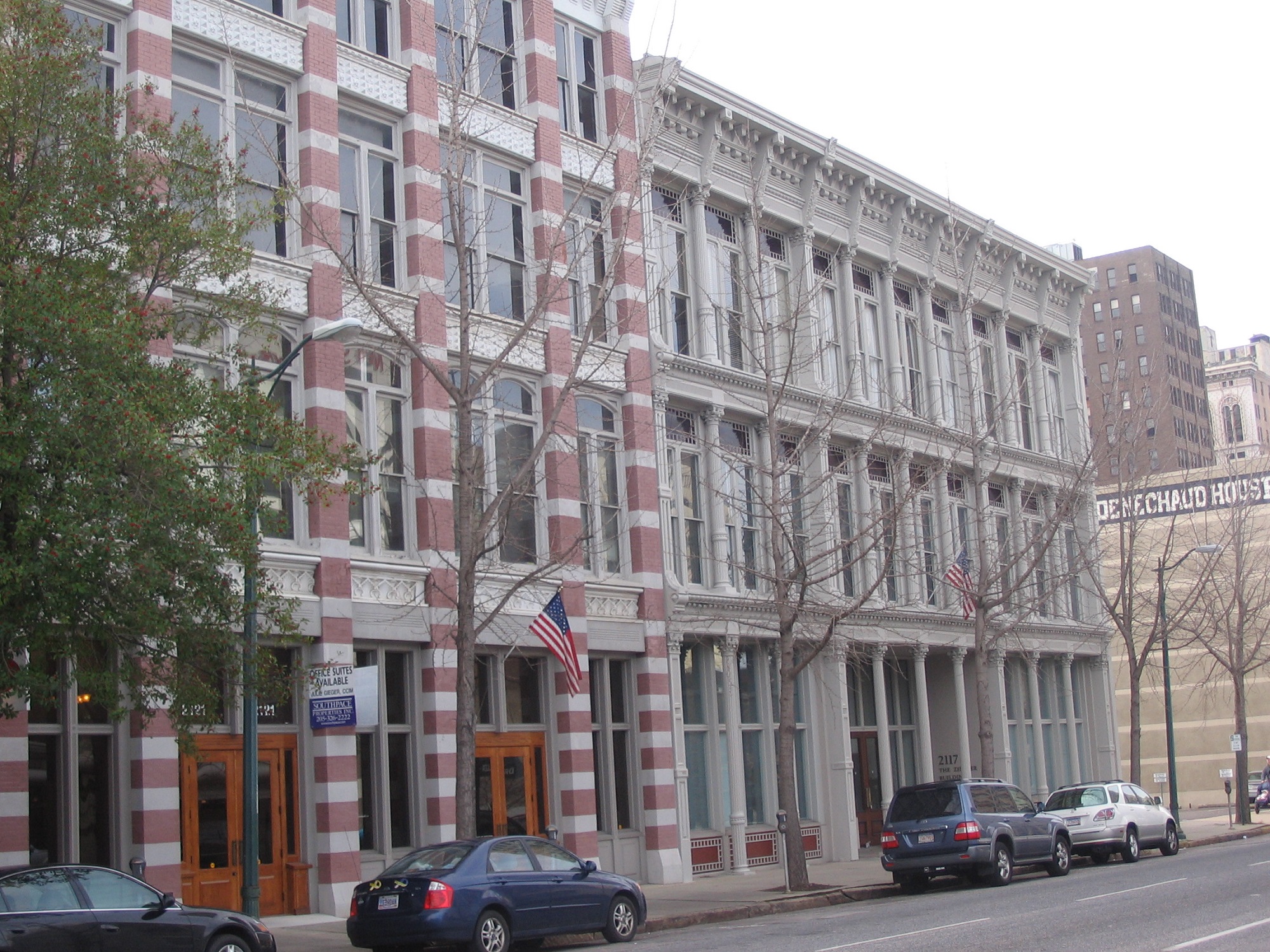
By David Fleming
REV Birmingham President & CEO
“Growth is inevitable and desirable, but the destruction of community character is not. The question is not whether your part of the world is going to change. The question is, how?”
Edward T. McMahon, Charles E. Fraser Chair for Sustainable Development and Environmental Policy at Urban Land Institute
Birmingham celebrated 150 years in 2021, and, as REV’s resident history buff and building hugger, I used that as a convenient reason to impart more than a few history lessons to my team on the blocks and bricks that built our Magic City. Much of the “Birmingham character” that we appreciate and promote today is thanks to the many beautiful historic buildings and homes that still stand. Our concentration of historic structures is unique, and it’s an asset for our entire region’s economic development and growth, as that authenticity attracts people seeking sense of place and quality of life.
Retaining authenticity in our city doesn’t just happen. The creation of the Alabama Historic Tax Credit coupled with public interest in downtown’s revival has led to many Birmingham success stories that you’ve probably heard — the Elyton Hotel, the Kelly Hotel, The Piztiz — and we say #YayBham to those! However, those success stories sometimes mask the losses of historic buildings that we continue to suffer, and I feel it’s my duty (building hugger, remember?) to beat the drum for doing better.
In 2019, the Regional Planning Commission of Greater Birmingham and REV Birmingham commissioned historic preservation consultant David Schneider to evaluate the current state of downtown Birmingham’s historic districts. Ironically, 2019 was the 50th anniversary of the demolition of the grand Terminal Station, Birmingham’s historic train station. His study finds that “the rate at which historic buildings are being demolished or insensitively renovated is alarming.” One downtown historic district has lost nearly one-third of its historic resources to new development.
Recent announcements like Quinlan Castle’s demolition reminds us of the fragile state of much of our historic landscape. And this is not a problem for only downtown Birmingham. Urban neighborhoods are impacted as well and at perhaps a more alarming pace. The past decade has witnessed the loss of historic school buildings that once anchored communities to inappropriate new development, even by community actors who have good intentions but lack the vision to see preservation as a part of revitalization. Many of the historic homes that once made-up historic neighborhoods continue to be lost to neglect, vandalism or demolition eroding the fabric of these communities. Commercial buildings that anchored the “main streets” of many neighborhoods have remained vacant too long and have been torn down, forever changing the character of these places.
There are twin enemies of historic preservation.
- Increased market interest and higher land costs in certain historic districts can lead to pressure to demolish buildings for new construction or inappropriate alterations.
- Conversely, lack of market interest in other areas can lead to “demolition by neglect” or intentional demolition of vacant buildings by the City trying to “help” neighborhoods.
As ULI Chair for Sustainable Development and Birmingham native Edward MacMahon points out in the quote that opens this article, cities will constantly be changing. However, we can guide and direct change to maintain our character and assets. The idea of “progress” should NEVER be made the enemy of maintaining community character through historic preservation. If we come to the place where our progress depends on the destruction of places that represent our story, then we have failed as a community to properly plan our growth.
In my experience as a place-focused economic developer and a historic preservationist, the reason we see historic assets demolished comes down to one thing: lack of desire. We are content for someone who wants to do a preservation project to do so. At the same time, we are willing to allow someone not interested in preservation to talk us into all the reasons they should be allowed to tear something down.
It means that our development community does not see preserving our character as important and fails to learn the skills needed for developing historic buildings properly. It means that our public sector has failed to protect these assets through creating incentives to help and enforcing design regulations that will not allow an excuse for demolition. And it means that we cannot allow historic assets to sit neglected for long periods of time until they deteriorate beyond salvation.
As we enter the next 150 years of Birmingham history, hear this building hugger’s plea: let’s commit to growth that will maintain our community character. Authenticity is a major asset in economic development, and our city is blessed with it! But we won’t be able to claim it in the future if we don’t protect it now.
Related News
-
Why we say yay to two-way streets
Filed Under: Developer, Downtown Birmingham, Filling Vacant Spaces, Front Page, Transportation, Yaysayers
REV Birmingham is a long-time advocate for making the switch to two-way streets downtown, and this is something recommended by planners studying our downtown for years. In fact, the team that developed the 2004 City Center Master Plan recommended many street changes but noted 4th Avenue North conversion should take place “immediately.” We believe this project is a catalytic moment for Birmingham – but you may find yourself wondering why that is.
-
The Key Tool for Urban Revitalization: Downtown BHM's Business Improvement District
Filed Under: Business-Proving, Developer, Downtown Birmingham, Front Page, Get Involved, Potential-Proving, Why BHM
By the time REV took on BID management in 2018, downtown had a new set of needs from its BID. Downtown Birmingham in the ‘90s had a population mainly of 9 to 5 employees. But the downtown of 2018 had a whole new population of residents and visitors throughout the day and night. We had new opportunities to create positive experiences, inviting them into more downtown businesses and public spaces, and to keep them coming back for more.
-
Introducing the six businesses that call Nextec home
Filed Under: Business-Proving, Developer, Downtown Birmingham, Filling Vacant Spaces, Front Page, Historic Preservation, Potential-Proving, Why BHM
On the corner of 3rd Avenue and 16th Street North, you’ll find Nextec, a redevelopment of the 90-year-old, 65,000-square-foot Edwards Motor Company building (also formerly known as the Sticks ‘N’ Stuff building). With experience in historic renovation, developer Michael Mouron, chairman of Capstone Real Estate Investments, began this civic project in 2021 as a space for business startups to continue their work in the Magic City – a function encouraged by REV Birmingham.
